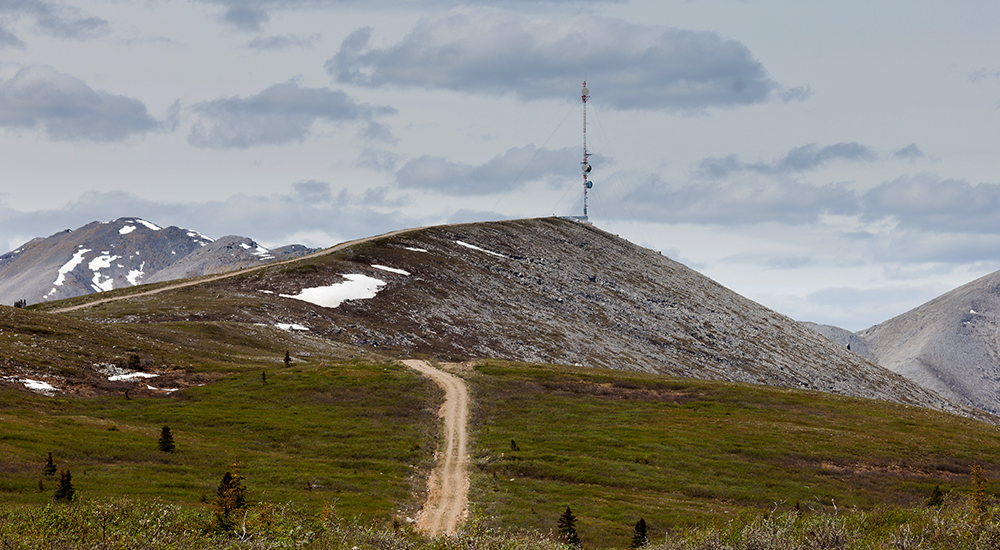In the world of broadband, there is little doubt that the advent of fibre will bring faster, more reliable connections than the traditional copper infrastructure ever could. What we sometimes forget, however, is that even fibre has its limits.
For a fibre cable to work, you can do one of two things: hang it from a pole, or trench it in the ground. Inherently, this limits the ultimate reach that fibre will have. We will be able to set up poles in many parts of the world, and the same goes for digging trenches. Can you imagine trenching fibre through the Himalayas?
At some point the fibre has to end. Rugged and remote landscapes simply will not support it. But that does not mean we cannot provide consistent, high throughput connectivity to these places and the people who live there. Where the fibre ends, that is where a strong wireless link begins.
I will give you two examples. In rural North Dakota, farmers and small businesses rely on Red River Communications for internet access. Red River was already delivering high speed, low latency connectivity to various communities through fibre. Even so, demand for throughput was exceeding network capacity. To expand its reach to more customers in far flung parts of the state, regions it traditionally could not reach with fibre, the company used our PTP and PMP wireless backhaul links. This brought the same high-quality connectivity to those who otherwise would have never had access.
The second example is near and dear to me. Let alone fibre, nearly everything comes to an end in the rugged mountains of Nepal. Yet, there are many villages and communities in this region who just as well need reliable internet for health care and education opportunities. I am proud to say our PMP solutions provide high-quality wireless connections to 150 of the world’s most remote villages in Nepal.
The lesson I would like to impart here is that everyone, everywhere should have access to the same standard of quality that fibre can provide. And with wireless backhaul, this is all possible.
(First released February 2016)



